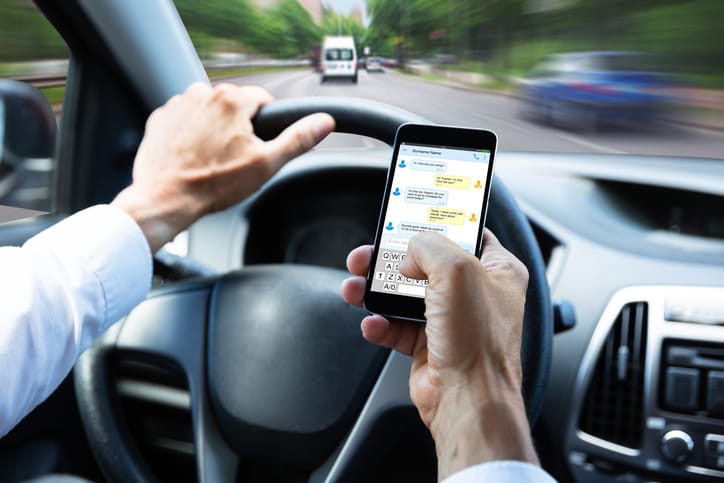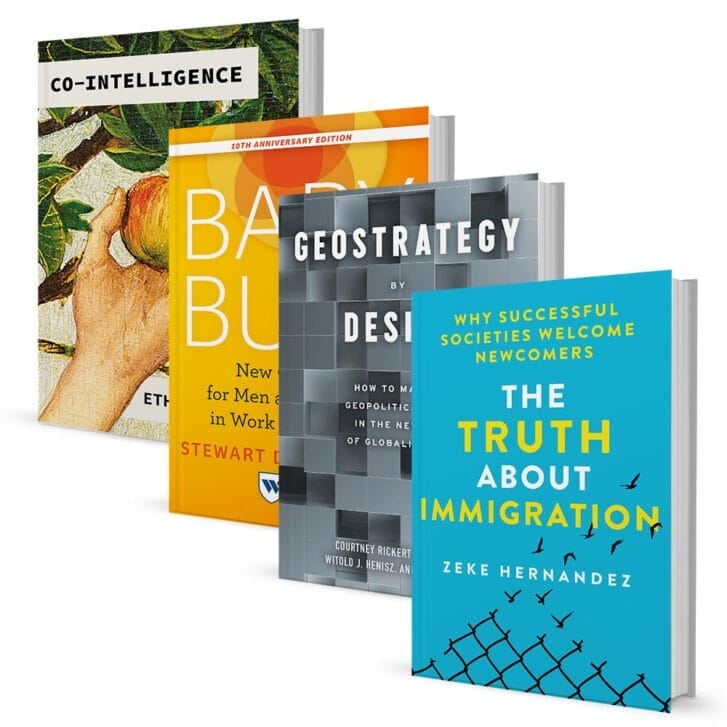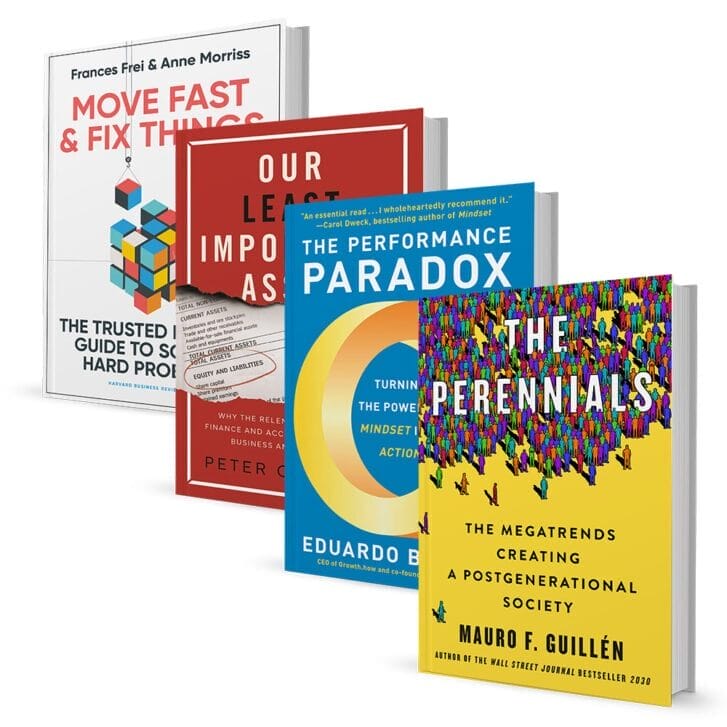Wearing your seatbelt is second nature to pretty much everyone, right? Get in the car, shut the door, put on your seatbelt. Well, it wasn’t always like that. In fact, it’s only been in the last three decades or so that seatbelt laws have become as rigid as we now know them to be. Believe it or not, for decades millions of Americans would drive and ride in cars without their seatbelts, blatantly risking their lives.
There were excuses too: think, “it’s too constricting,” and, “I have trouble turning my head.” But beyond excuses, most people just weren’t conditioned to wear their seatbelts, despite the increased odds of sustaining major injuries in an accident.
Thankfully, seat belt usage is now completely ingrained in our driving-obsessed culture. I believe that the 21st century version of the seatbelt dilemma is distracted driving, specifically using your device while you’re behind the wheel. The stats are dire: Distracted driving causes nearly two million accidents, 500,000 injuries, and 4,000 deaths every year. And that’s just in the United States.
In the spring of 2020 when life as we know it pretty much shut down, these accidents took a temporary pause — temporary because as soon as restrictions began lifting and people started venturing out again, deadly distracted driving reemerged with a vengeance. Fewer cars and less traffic led people to begin speeding more, and with new data showing that consumers are now spending up to 4.2 hours a day on apps, device addiction is at an all-time high. These are the ingredients for what I’ve been calling “the perfect storm of distracted driving,” as Americans are driving faster and looking at their devices more often.
A slew of legislation has emerged in almost every state to increase fines and penalties for distracted driving, but there’s strong evidence showing that even though people are aware of the fines and penalties, they can’t help themselves — they need to see that text or tweet or Instagram post, which is one of the main reasons law enforcement remains skeptical of curbing these compulsive habits.
I was a victim of distracted driving. I fractured my hip and elbow when a driver staring at his phone barreled straight for me while I was on my bike training for a triathlon. I was in the process of selling my first startup, a translation app hatched at Wharton, and during my recovery I began thinking about what could be done to make looking at your phone while driving as verboten as not wearing your seatbelt. And just as importantly, how we could make not looking at your phone as ingrained as it is to wear your seatbelt.
The solution our team created is This App Saves Lives (TASL), a free mobile app that rewards drivers who abstain from distracted driving. Drivers earn rewards points for time spent driving undistracted and those points are redeemable for awards from national and local brands like Reebok, Shake Shack, Urban Outfitters, Insomnia Cookies, Amazon, Philadelphia Runner and more. Businesses want their customers to be safe and partnering with TASL is a simple way to encourage safe driving behavior while increasing foot traffic to their storefronts.
TASL offers a “carrot, not the stick” approach. That’s an important distinguisher, especially for highway patrol officials around the country who remain ambivalent about increased fines and tickets for distracted driving because harsher penalties have had little effect in changing driver behavior.
The best way to change driving habits is through rewards, not punishments. Since launching, we witnessed meaningful improvements in safe driving behavior across our nationwide audience of drivers. Thousands of rewards have been redeemed and everyday drivers all over the country are downloading the app. These reward redemptions serve an important purpose: they show that folks aren’t just downloading the app and forgetting about it, but instead are monitoring their points accumulation and earning rewards along the way. Drivers of all ages are responding to this rewards-based approach and using positive reinforcement to become safer drivers, something no piece of legislation or severe sanction can claim.
Successfully changing driver behavior is only part of the solution, though. Now, we must do for distracted driving what seatbelt proponents did and make the practice completely unacceptable. So, we’re expanding our efforts. We’ve begun pilot programs with some of the country’s largest corporations who want to keep their employees safe. We’re also building relationships with insurance companies who increasingly recognize the dangers of distracted driving and want to engage their customers in a non-transactional manner.
Thankfully, life is getting back to normal and many of us will be driving to countless long-overdue get-togethers and reunions. TASL is doing our part to help people get there safely.
Ryan Frankel WG12 is the founder and CEO of This App Saves Lives, in addition to founding several technology businesses including VerbalizeIt, a language translation platform hatched at Wharton and featured on ABC’s Shark Tank. Prior to earning his MBA, Ryan was a private equity financial analyst for Goldman Sachs’s Special Situations Group.


























